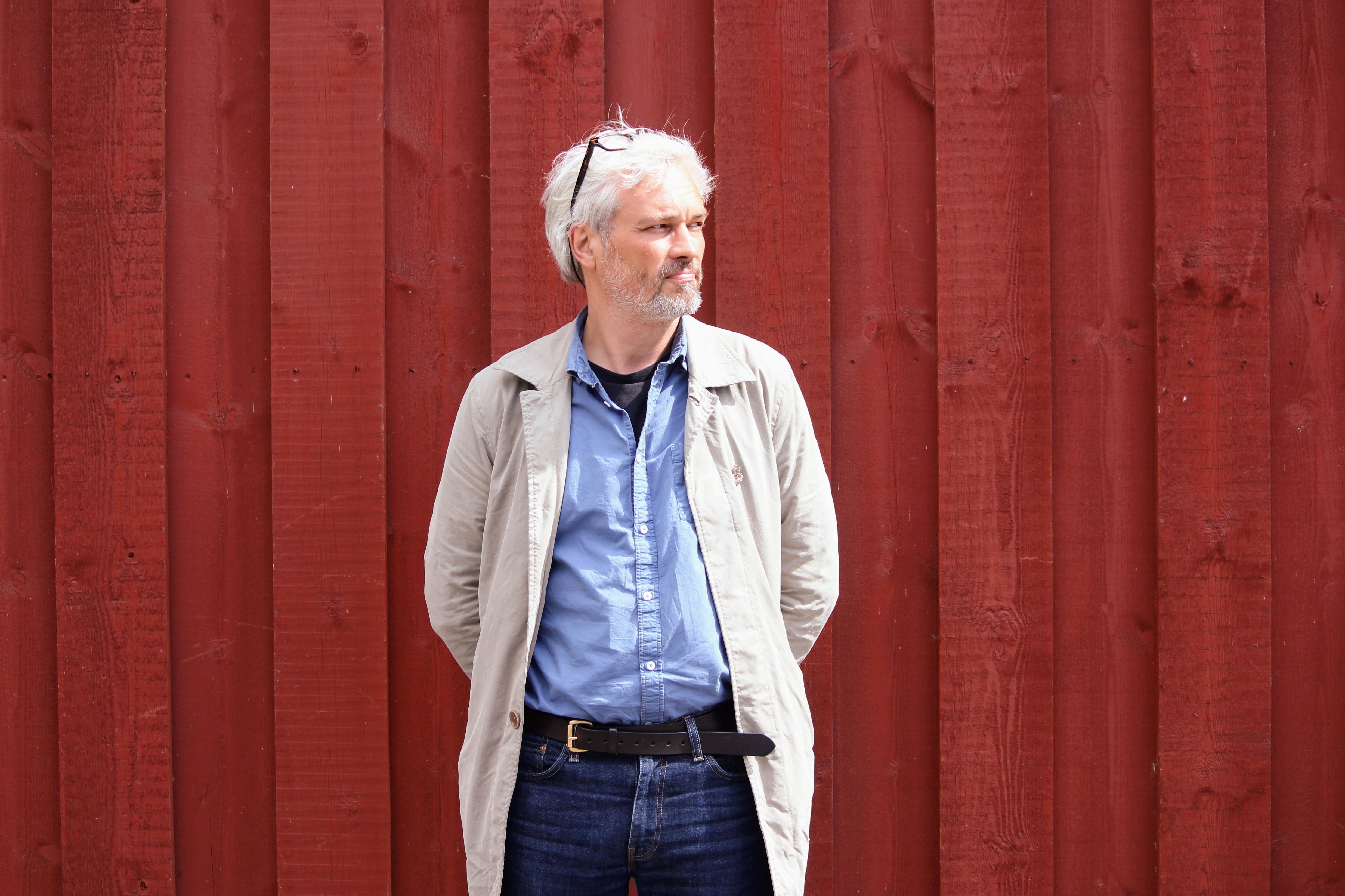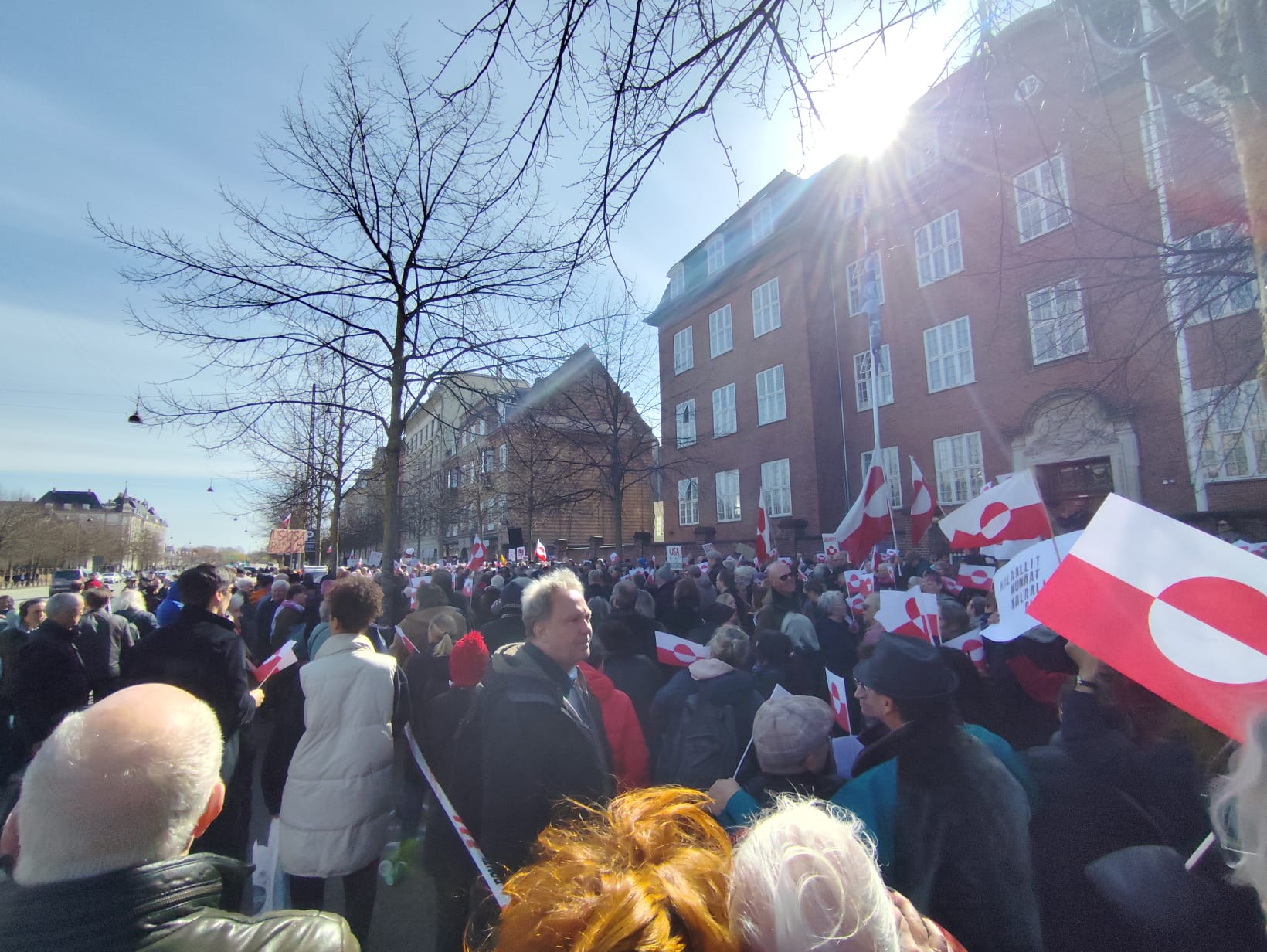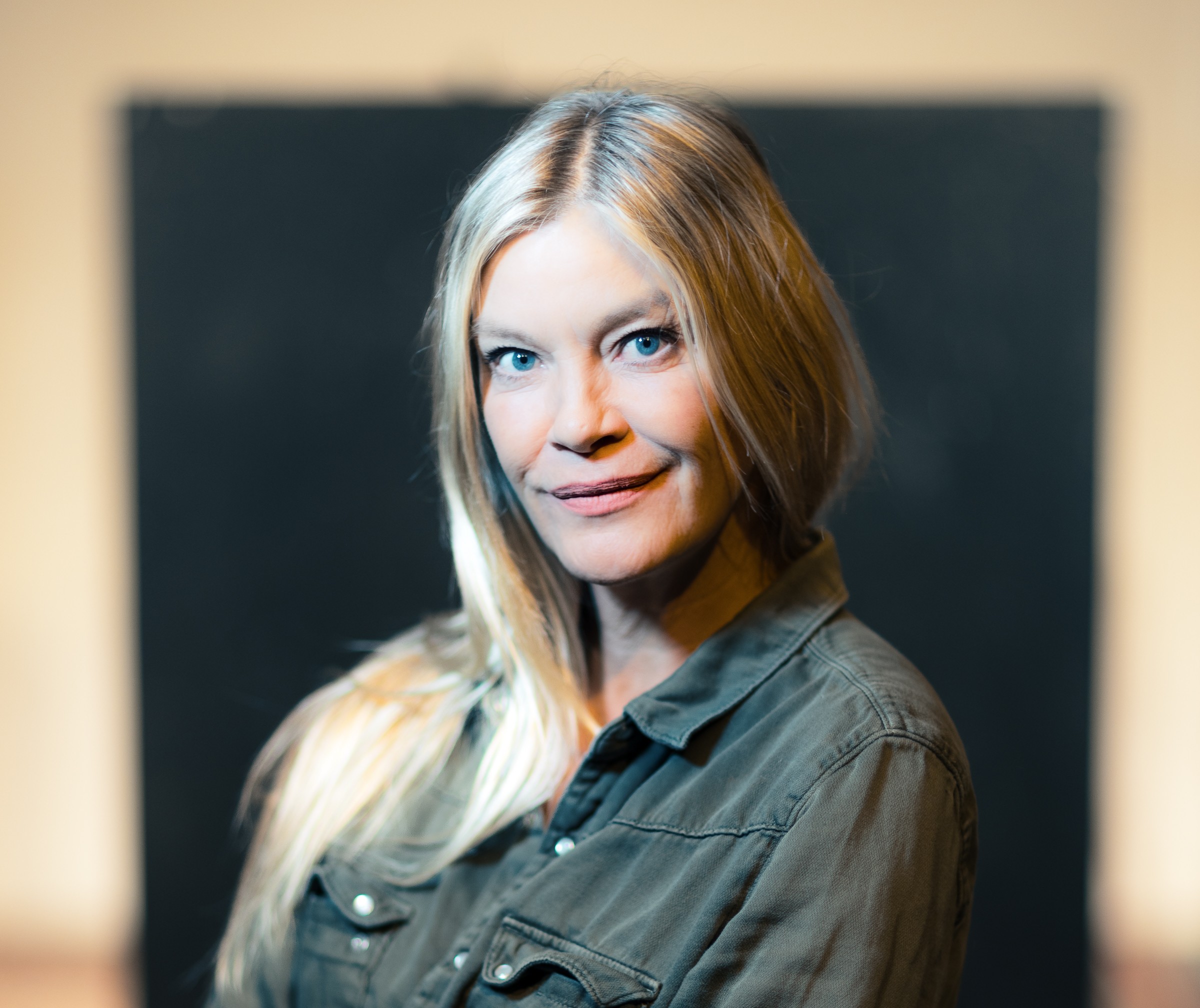Boyishly toying with his hair, Thomas Dalvang Fleurquin, 49, exudes a youthful energy as he speaks in the no-holds-barred style that has become his trademark as the founder of Denmark’s most controversial festival.
After a quarter of a century, some might say his work is done: that Distortion’s frenetic block parties and 1990s rave ethos have schooled 21st century Danes in the art of dancing on the street, helping them to come out of their shells.
But Fleuquin isn’t done: this 25th anniversary edition will be the bomb, he proclaims at the shabby-chic Distortion HQ near trendy Reffen – a premises that like all exclusive parties is hard to find, teaming with young creatives and down-at-heel at exactly the right level.
Gesticulating wildly about the plans, the former French Army sergeant reveals he used to specialise in explosives.
“Running Distortion is like a warlike operation,” he grins mischievously, moving his upper arm like a snake to convey the movement of party-goers down a street – as if he’s co-ordinating troop movements whilst sectioning off military zones over a huge map of Copenhagen.
“Organising Distortion I often recall my days mine-clearing in Sarajevo. It taught me so much about the spirit of entrepreneurship.”
One-day event to five-day festival
Founded in 1998 as a one-day event, Distortion became a five-day festival two years later. Growth was initially slow and the event was only enjoyed by a select few.
In those early years, the street was Distortion’s dancefloor: a playpen for revellers to relearn everything they thought they knew about dancing and spontaneity.
By the time puberty struck Distortion in its 11th edition, the focus was very much on the weekday street parties in Nørrebro and Vesterbro, whose nightly attendance shot up from 10,000 to 50,000 to 100,000 in just two years.
The alternative festival was suddenly mainstream, and the teenage years were rough. Many in the underground scene that had nurtured Distortion turned their back, and a “fuck you” attitude dug in with the authorities.
But as the festival reached its 20s, Fleurquin began to feel like ‘the parent’ and took a more backseat role.
So in a way, Distortion saw Fleurquin reborn when he arrived in Denmark in 1998. Initially dismissive of the Danes as “intellectually lazy”, he grew to love their nuances and a “mutual respect and fascination similar to the one between Gandalf and the Hobbits” developed.
Their “psychological finesse and admirable tolerance” proved to be the perfect fit for his crazy brand of party-going anarchy.
To be the next Barca
Fleurquin didn’t come to Denmark like most internationals.
As a co-founder of the Copenhagen Post newspaper, with a headstart in the language through his Danish mother, he hit the ground running, working 60 hours a week to make things happen.
“I was young, just 24: it taught me everything about entrepreneurship,” he recalls.
Life in Copenhagen was easier than he was used to:
“Everything worked: whether it was contacting the bank or the municipality, not even Germany could compare. Certainly not France. But I guess there are no dark sides until you’ve lived here two, three or four years, right?”
It was at the newspaper he realised his new home’s potential: “We knew it was underrated and should be a hot city like Amsterdam and Barcelona, or even Stockholm, so we couldn’t understand why people were always visiting them instead. Copenhagen was cooler than any of them. That’s why we started the newspaper.”
At the heart of Copenhagen’s appeal, contended Fleurquin, was its harbour, which went on to play a central role in many of Distortion’s events.
“I’ve seen the potential of the harbour since the very beginning. But it wasn’t until the incredible summer of 2018 that it really took off – I spent 17 years waiting for it to bloom,” he complains.
“Today it’s a Tinder paradise. Everyone’s aged 20-30, looking good, drinking white wine and jumping into the water. Up to 15,000 people every day when the sun shines. It’s incredible. It’s mind blowing.”
An unlikely ally
The same ambition with the newspaper became the driving force behind Distortion, which started as a one-day party in the autumn of 1998 and evolved into a five-day affair in 2000.
“But it was just a pub crawl at that point: a few hundred people congregating over the course of a night: typically a concert followed by a grill party, a street performance, a gallery opening and then an after-party.”
The turning point, recalls Fleurquin, was a night in Nørrebro not long after the Ungdomshuset riots, when the police first cordoned off the street from traffic. By that time, the crowds had grown from a few hundred to over 600.
“You could see it in their smiles: they’d worried we might be rioters and they’d end up with bricks raining down on their heads, but instead we turned out to be nerds and hippies.”
Fleurquin credits the authorities with their willingness to show flexibility and tolerance to large gatherings in the street.
“They didn’t really understand it, but they thought: ‘Okay, why not?’ I don’t think any other country – France, the UK, Germany, not even Norway or Sweden (they would be too square) – would have done that. They would have shut it down.”
The same flexibility, contends Fleurquin, has helped Distortion ever since, allowing the festival to “experiment with projects in the urban space”. It started with the police, and the municipality soon followed suit.
Municipal understanding
Fleurquin more or less organised Distortion alone until 2007, but with funding from the municipality in 2008, he started to assemble a team and within a year he was able to pay himself a salary – the first since it all began.
Certainly, the municipality was helpful as Distortion made the leap from amateurism to semi-professionalism.
“I didn’t really know how to apply and I’ve never been an administrator. So most of the time I didn’t really explain the project. But somehow they made me feel it was okay. I could just do it my way,” he recalled.
There were teething problems, like when the street party crowds shot up to 100,000 and there were no toilets, and for a while the festival was little more than a “football crowd free-for-all” drowning in the piss and puke of school children – the teenage years after all.
Initially, Fleurquin owned the criticism, defiantly relishing the battle with the authorities, but then a path to solvency and profitability emerged: more enclosed areas, better quality entertainment, and reducing the gap between the street parties (Days 1 and 2) and the more sophisticated 1990s culture rave parties (Days 3 and 4).
Throughout it all, he has been supported by a “dedicated team of volunteers and professionals, mostly made up of Danes – assembled organically; rarely involving interviews”.
Encouraging entrepreneurship
Fleurquin is turning 25 again at the end of this month. And then 50 at the end of the year. In Copenhagen, he has found contentment in both his work and family life as the proud father of three boys and one girl.
He likes nothing better than cycling across the harbour to and from work every day: a cog in the wheel of a city that still perfectly functions.
And he takes delight in encouraging entrepreneurship among his young charges: “I call them kids even though they are actually 25.”
In the same way his French Army superiors entrusted him with the explosives, he sets them impossible tasks in line with the joyful abandonment of the senses that is Distortion.
“Look at this,” he says, showing a photo of a building spouting huge crazy arms.
“One of them is making an art installation at the top of Nikolai Church, and he’s never done stuff like that.”
Fleurquin nods his head knowingly as if to say they’re going to get the job done.
Thomas Fleurquin
Age: 49
Education: Dropped out of degree in maths, physics and IT coding
Profession: Founder & Chief Architect
In Denmark since: 1998
Distortion 2023:
The 25th edition of Distortion starts on Wednesday May 31 and continues until Sunday June 4.
The first two nights offer Distortion X city centre ticketed areas: around Langebro and Rådhuspladsen on May 31 and Rådhuspladsen and Vesterbro on June 1. Entry is 250 kroner per area.
Thursday June 1 is the night of the free admission street party in Vesterbro: the blocks enclosed by Istedgade, Sønder Boulevard and Enghaveparken.
The Distortion Ø ticketed venues, which offer a more exclusive experience, will operate all night at Refshaleøen on June 2 and 3. Entry costs 550 kroner per night.
Festival passes cost 1,100 kroner.
Source: Distortion
Thomas Fleurquin recommends… :
Hangout: Copenhagen Harbour – immense potential has finally been realised; a great place to take the kids swimming or sailing.
Restaurant: Two places I never tire of are Burger King and Noma. For shawarma, Durum Symphony (Nørrebrogade) or Ankara (Istedgade), for pizza try Dal Forno (Værnedamsvej). I also like Tommy’s Burger Joint in Kødbyen.
Drinks: Den Vandrette and Soho House – both on Havnegade in Nyhavn.
Nightclub: Hangaren and Den Anden Side – because I like techno.
Festival: Roskilde: They’ve really lifted their profile in recent years.
Museum: Copenhagen Contemporary – they have great exhibitions and it’s good for kids.
Outside CPH: Odsherred, Dragsholm Slot and Sjællands Odde.
Beach: Gudmindrup – the north coast between Gilleleje and Tisvilde are too civilized for me.
Nature: Klampenborg Forest near Bakken – I love to visit the themepark in the winter when it’s closed and then walk to Raadvad and the golf course. It is an incredible forest.
Island: Bornholm – I am a long distance walker/wanderer.















